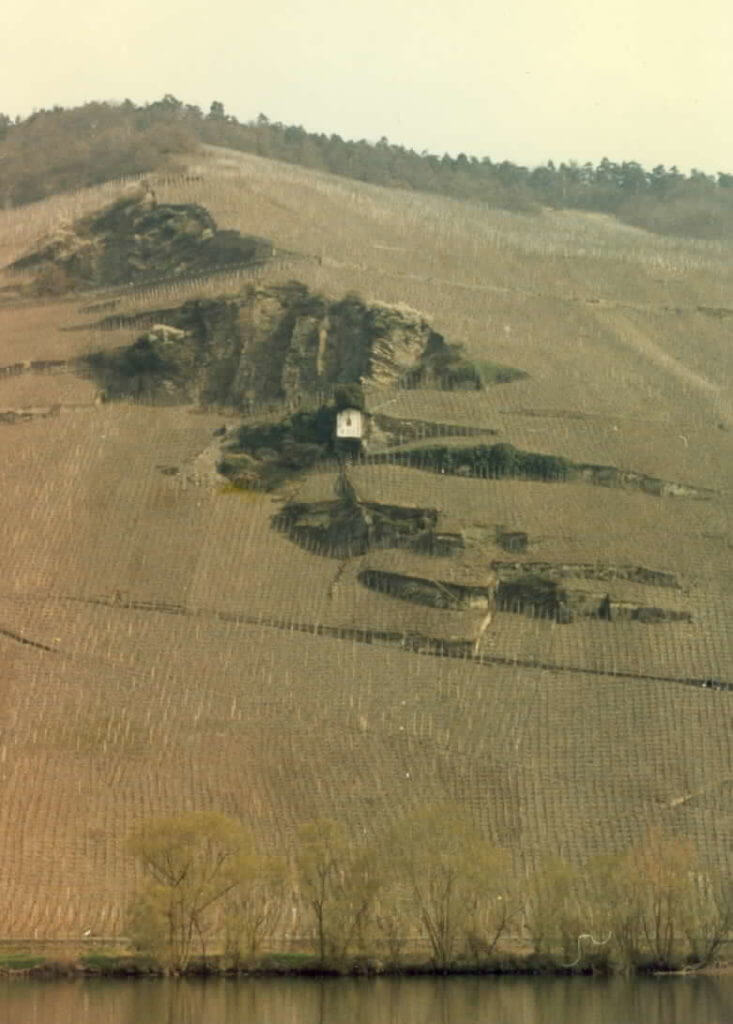
Riesling!
Well, the secret is out. We do have here the greatest white wine grape variety on the planet. The fact meets relatively little resistance these days, because more and more wine aficionados are discovering the marvellous diversity that Riesling has to offer.
I have always been fond of telling colleague Paul Grieco that there are three seasons of the year better for drinking Riesling than summer – and of course Paul’s summer-themed events at Terroir and elsewhere have certainly added to the variety’s flight into fashion and from fashion into mainstream acceptance. But the summer heat too often finds Riesling reduced to its refreshment value, while the other three seasons invite the taster more to explore the subtleties – the manifold complexity and elegance of the grape.
How do we characterise the variety? The comparison has indeed been made that German Riesling is like a ballet dancer, while Austrian Riesling is more like a linebacker… (of course a very nimble linebacker, capable of covering the halfback sneaking out from pass protection). And then, one of the best Rieslings of my experience was a 1974 Spätlese Style Riesling from Wente Bros in Livermore Valley CA, tasted blind in the early nineties. And then there’s Oz…
One important thing, though, before we go fuurther: the only grape variety that has the same knack for conveying the message of the soils in which it was grown to the taster is Pinot Noir, and that most expressively on the Côte d’Or.
But since we are oldworlding today, the other place one needs to examine is Alsace.
Alsace has been through a couple of crises in recent decades, and without a lot of management. The first of these was occasioned by winegrowers noticing that certain estates whose wines were rather ripe got big scores in the big publications – this led to the flock following a riper-is-better paradigm that pulled classical Alsace wine down a badger hole which found many wines getting heavier and sweeter and losing their marvellous affinity for the dinner table, and found emerging Austria swiping their market share. The other crisis is ‘We are not Germans; we are French!’ Twenty years ago, written on the blackboard in front of the restaurant, one would see the dish offered Flammekuchen. Today the writing on the slate is Tarte flambée. Same dish. For all of the influence one perceives in the province of its proximity to the Rhine River and those guys on the other side, and even though one might consider the Vosges Mountains to be a greater natural barrier than the Rhine, the wines are Very French. Probably have more in common stylistically with white Burgundy than any other form.
Austria offers a much that is laudable in terms of Rieslings, and there’s probably not much pushback against the notion that the finest examples frequently come from the Wachau Valley. A primordial rock called Urgestein, including the famous Geföhler gneiss, infuses Rieslings that hold up to 14% alcohol (Smaragd) with a complexity and grace that only the best in Germany can surpass. But the Wachau and its Urgestein is not the entire story of Austrian Riesling. Very fine examples as well come from the Nussberg, a vineyard within the city limits of the capital Vienna, where the fossil limestone soils inform the variety with a rather different message than the wines from up the river. As do Rieslings harvested from the 250-million year-old sandstone of the Zöbinger Heiligenstein in the Kamptal. And although Riesling from Austria makes a big impression, it does so from a relatively tiny area under vines – less than 5% of the nation’s vineyards are planted to Riesling.
To say that German Riesling is one thing would be like saying that jazz is one thing. The differences between the Saar and the Südliche Weinstrasse provide variety of flavour that almost goes beyond description. Devonian Slate in the Mosel, Basalt in the Mittelhardt, limestone in the southern Pfalz or in Franken near Randersacker… the soils are the thing. It could probably be said that Rieslings from the Mosel are the most magnificent wine-for-wine’s-sake wines in the world – no really great individualistic culinary tradition in that part of Germany, not compared with the Pfalz or Baden. And then there is the Rheingau. Second only to the Côte d’Or in the world of wine for the consumer paying too much and getting too little – but there is no denying the magic of the wines when they are on: some five years ago my date and I ended up at Palais Coburg in Vienna after five hours of «Parsifal» at the state opera house and drank a 1975 Rauenthaler Baiken Spätlese from Schloss Eltz (125€ on the list) that was not only still open for business, but needed a big Burgundy bowl in order to fully unfold.
So the only rule is… find the ones you like the best, and then make sure that you try all the others!


